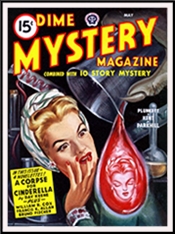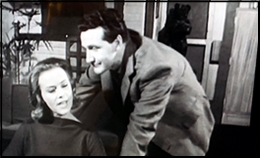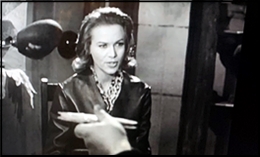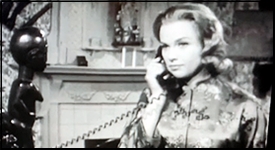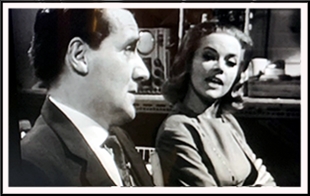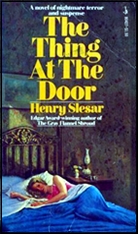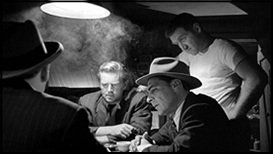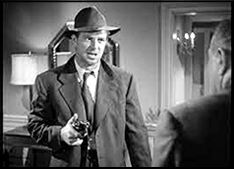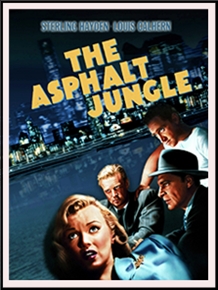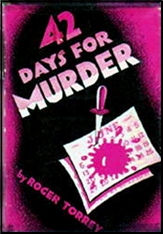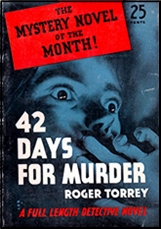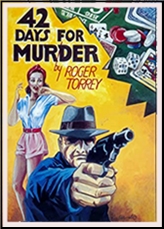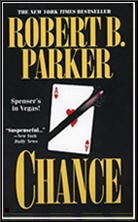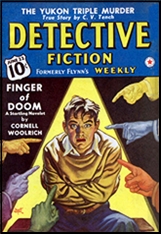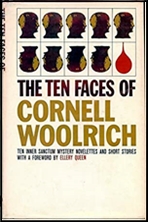Wed 7 Sep 2022
An Archived PI Review by Barry Gardner: DENNIS LEHANE – Darkness, Take My Hand.
Posted by Steve under Reviews[7] Comments
DENNIS LEHANE – Darkness, Take My Hand. Patrick Kenzie & Angela Gennaro #2. Morrow, hardcover, 1996. Avon, paperback, 1997.
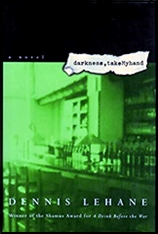
Lehane won a well deserved First Novel Shamus from the PWA for 1994’s A Drink Before the War, though the book didn’t even make the Edgar short list. Why are we not surprised?
It seemed relatively innocent. A friend of Kenzie’s had a friend with a son she was afraid was being stalked by someone who meant him ill, and she wanted them to allay her fears. Then someone got killed in a particularly messy way, and the modus operandi matched that of a crime more than a decade old, whose perpetrator was still in prison.
That wasn’t the last of the bloody, perverse deaths, and yes, it all turned out to be connected. Everything that either Kenzie or Gennaro held dear would be threatened and damaged before the twisted skein was unraveled.
Darkness, I guess so. This makes his previous book seem like a fairy tale. Well, maybe not quite, but it’s tougher than the back end of a shooting gallery. Don’t read it if you’re depressed, because the pain and bloodshed are, or seemed, unrelenting.
Lehane did not fail of the promise of his first book in terms of writing, though this is an excellently written book. You know I don’t like serial killers, and I’m not too crazy about cowboy PIs, and there’s both here, and that tells you something about how good a job Lehane did.
This is going to be a strong contender for both an Edgar and a Shamus, unless the judges of each go completely brain-dead. Um. Come to think of it …
